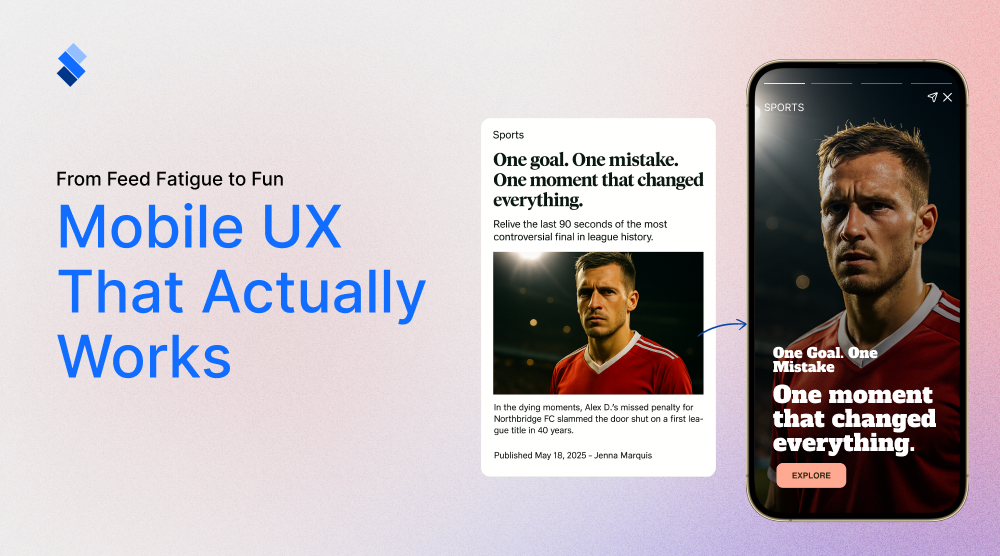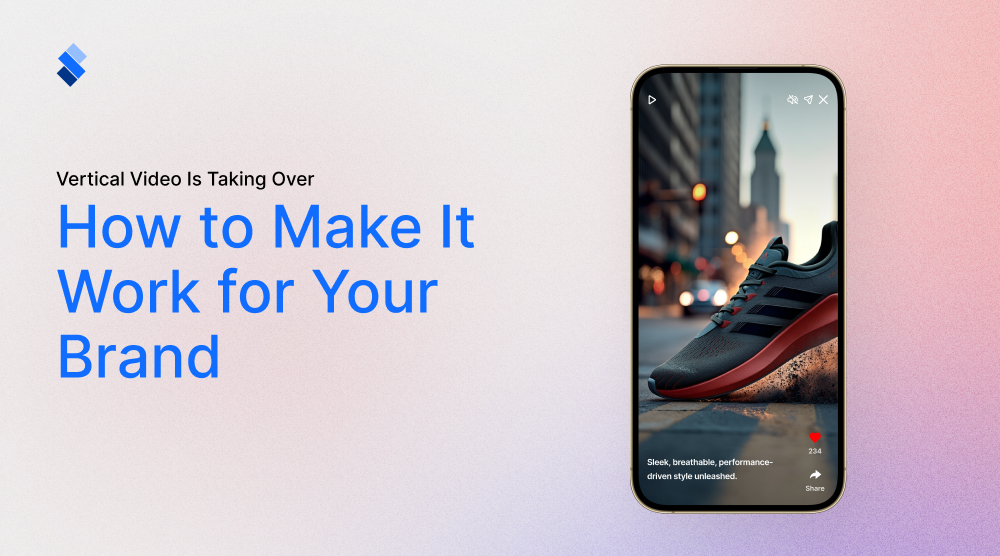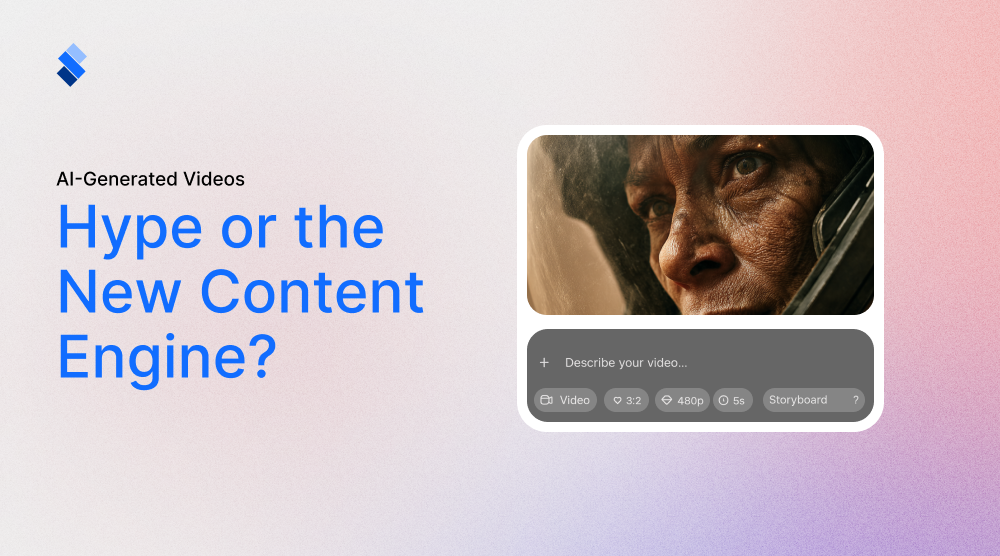Your Website Needs a Content Feed - Not Just a Menu
To keep up with modern trends, your website needs a content feed. And once you add it, you'll soon see why your engagement rates weren't as good as you'd hoped.

The way users interact with digital content has undergone a radical transformation in recent years. Where websites once relied on hierarchical navigation structures with multi-level menus, dropdowns, and sitemaps, modern platforms have shifted toward fluid, dynamic content feeds that prioritize discovery over navigation. In this article, we will address this monumental shift and outline why your website needs a content feed.
The decline of the menu
For quite some time, the menu was the go-to option for websites. If we consider how the websites were laid out and the nature of online content at that time, it will become clear that this was not an accident. Firstly, old-school websites had limited content volume. This means that early websites contained relatively few pages, making hierarchical categorization practical. Furthermore, if there was any new content, it was added fairly slowly (at least when compared to modern standards). This made it quite easy to keep the menu up to date, even with regular content posting.
Another thing to consider is that old websites were made with desktop priority. Even when websites considered a more mobile-friendly approach, actual mobile optimization was an afterthought. With larger screens and precise cursor control, multi-level menus were easy to navigate. Lastly, the idea of a menu felt familiar. We use menus in our everyday lives (restaurants, cafes...), which makes them quite intuitive when transferred to websites. When utilized properly, menus did wonders in both onboarding and user experience. But, just like banners, menus slowly became outdated.

Why digital menus fail
So, what changed? Well, several technological and behavioral shifts have rendered conventional menus increasingly obsolete. For instance, instead of a desktop prevalence, we now have mobile dominance. With over 60% of web traffic coming from mobile devices, the constraints of small screens made deep menu structures cumbersome and hard to navigate. Also, websites themselves have changed. Instead of only having a dozen or so pages, modern websites often contain thousands of pages or products, making comprehensive menus impractical. Keep in mind that even if you could manage to put thousands of pages into a single menu, the vast majority of your audience wouldn't bother going through it.

Research shows users form first impressions of websites in 50 milliseconds. This is by no means enough to go through a website menu, let alone open pages within it. We've also learned that users have different expectations. Platforms that prioritize personalized content delivery (like YouTube, TikTok, or various online stores) have trained users to expect immediate, personalized discovery. Therefore, an old school menu is not only tiresome to go through, but also unengaging.
The rise of feed-based consumption
As our approach to online content changed and the practicality of menus declined, something had to evolve. Well, a natural replacement for menus in the modern online landscape is feed-based consumption. This, like the previous dominance of menus, is no accident. The first, and most obvious, reason for this is that content feeds reduced cognitive load. In the modern era, where we are constantly bombarded with online content, anything that can reduce the cognitive load will be seen as a blessing. Well, feeds eliminate decision fatigue by presenting content sequentially rather than requiring active choice-making. This makes going through a feed far more casual and relaxing than going through an extensive menu.
Personalisation
The second factor is personalisation. Like it or not, modern audiences have grown accustomed to personalized content. Therefore, a menu that has little to no personalisation will hardly resonate with them. Modern algorithms can tailor content presentation to individual user preferences with remarkable precision. This further reduces cognitive load, as people are shown what they would find interesting instead of looking for interesting content on their own. And, it engages users on a profound level, as the unpredictable (although curated) nature of feed content triggers dopamine responses that encourage continued engagement.

Mobile optimization
Feeds are optimized for mobile. This type of content presentation was made with mobile in mind, as you can easily swipe or click to go to the next content. As such, a far greater percentage of the audience can enjoy content in its original form.
Engagement metrics
To further highlight this, let's take a look at some metrics. Many comparative studies show significant advantages for feed-based interfaces. For instance, feed implementations typically see 40-60% longer average session times. Users view 2-3 times more content items in feed environments. And habit-forming interfaces (such as feeds) drive 25-35% higher repeat visitation. If we only consider this, it clearly shows that a website that doesn't opt for a content feed does so at its own detriment. But let's take it a step further. Let's highlight some metrics within specific industries:
- E-Commerce - Product discovery feeds increase add-to-cart rates by 20-30%. For example, "Recommended for you" sections account for 35% of Amazon's revenue
- Media publishers - Feed implementations reduce bounce rates by 15-25%. Related article suggestions drive 40% more pageviews
- Streaming services - Autoplay feeds account for 80% of Netflix viewership. YouTube's recommendation system drives 70% of watch time
Numbers don't lie. And what they are saying right now is that menus are out and content feeds are in.
Technical advantages
Let's now step away from the evident engagement benefits of using content feed and instead view the technical advantages. As we said, menus were great for old websites where content updates were relatively slow and controlled. But, modern content sets a pace that an old school menu simply couldn't keep up with (or at least the person updating the menu couldn't). You can, technically, set up a system to automatically update your menu for you. But that would either make the menu too large and layered, thus making the navigation difficult. Or, it would have to make the menu too simplistic, thus making the navigation useless. Fortunately, content feed not only helps you engage your audience better, but also helps you tackle new content with extra ease.

Dynamic content updates
The content feed is based on dynamic content updates. This means that feeds can refresh in real-time without requiring page reloads. As you can imagine, this makes it far easier to handle new content and ensure that the viewer easily sees it. Secondly, consider the performance optimization that the content feed brings. Loading a large menu with all the associated content would not only take bandwidth but also time. Meanwhile, content feeds use modern lazy-loading techniques to conserve bandwidth while maintaining responsiveness. Lastly, seeing how often marketing trends shift, it is important that you are able to test different approaches. With content feeds, different content arrangements and algorithms can be tested at scale. These A/B testing capabilities provide not only immediate value but also the long-term benefit of customer data.
Final thoughts
The evidence overwhelmingly demonstrates that content feeds represent more than a passing trend. They are a fundamental shift in how users expect to interact with digital content. Websites that fail to adapt and incorporate feed-based discovery risk declining engagement metrics, reduced conversion efficiency, and a notable competitive disadvantage. But don't be fooled. While your website needs a content feed, adding it properly will take time and effort. Implementation requires careful consideration of content strategy alignment, personalization frameworks, and continuous optimization. We will cover the details of adding a content feed in one of the forthcoming articles. For now, just know that having a content feed is a must, and that StorifyMe is here to help.







